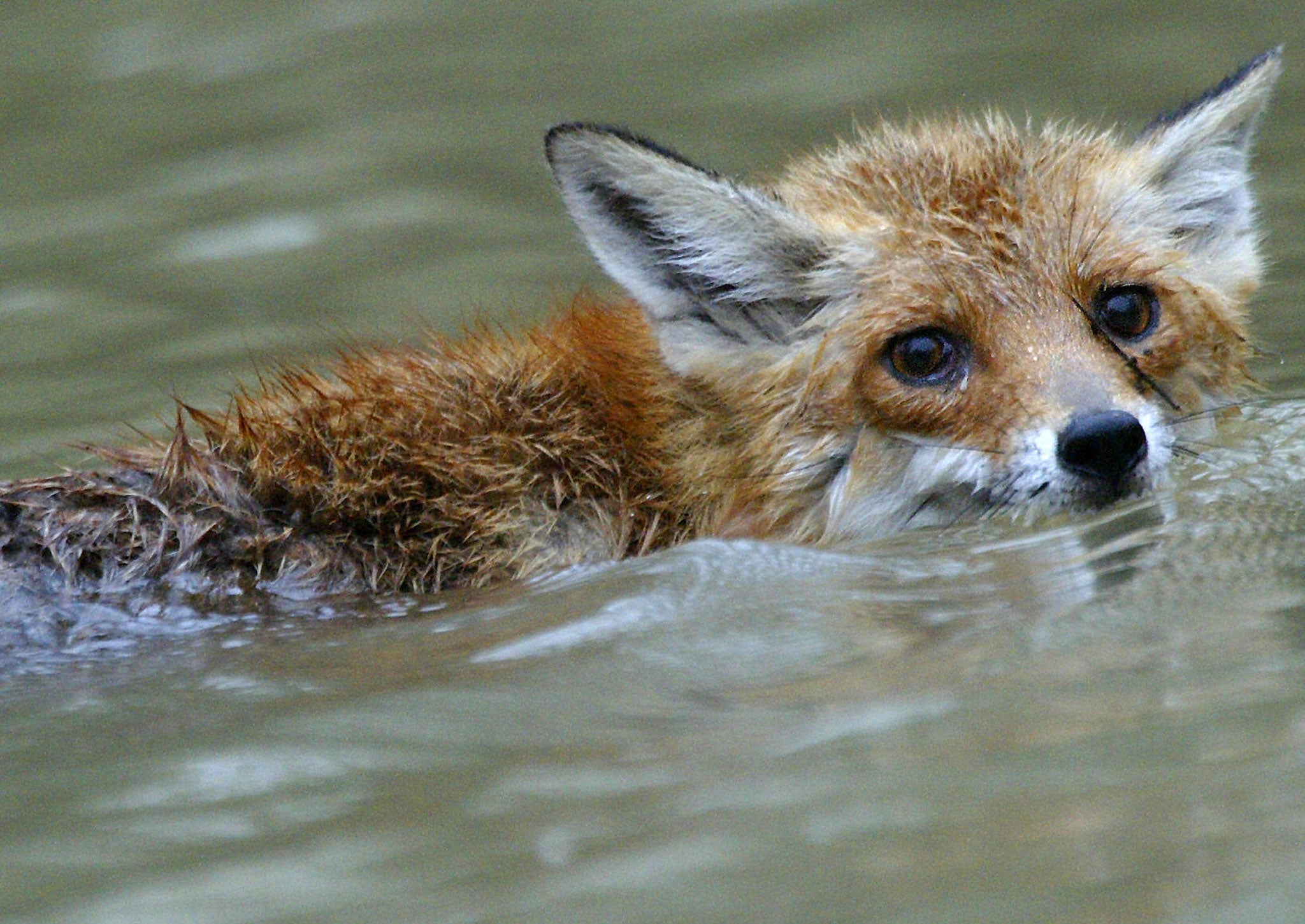Nature Studies: High tide on the Dee’s salt marshes is one of Britain’s greatest spectacles
How often do you get to see a water shrew, never mind one up close?

A week ago last Sunday, I watched a fox swim half a mile for its life. Foxes can swim, but with the freezing waves smacking its face, this was a desperate struggle between the urge to survive and rapidly depleting energy resources. Had it been a person, you’d have been counting the minutes until the lifeboat arrived. As it was, all we could do – me and the hundred or so people watching, wide-eyed – was mutter encouragement: come on, fox!
This was the High Tide Birdwatch. It is one of Britain’s great wildlife spectacles and it takes place on the Dee estuary, between North Wales on its western side and the Wirral peninsula on the east. The estuary is vast, more than 30,000 acres in extent and while the top, seaward half of it is inter-tidal mud flats, shimmered over by enormous flocks of wading birds, the bottom half is saltmarsh.
This saltmarsh is only rarely covered by the tide, so it is home not only to nesting birds, but also to small mammals, from moles to voles; there are several species each of voles, mice and shrews, as well as hares and, as I realised 10 days ago, foxes.
But occasionally, when a very high tide coincides with low atmospheric pressure and the wind in the right direction, the sea can come over the saltmarsh; the tide builds up slowly and then, at the end, covers everything in a rush, and that is when the small mammals dash for their lives to the shore. Not only that. All the birds of prey for miles around realise this is happening, and raptors such as hen harriers, merlins, peregrines and short-eared owls fly down from the Welsh hills to try to take advantage of a potential feast.
It can be a spectacle, right enough, of unparalleled vividness, the main viewing point being the shoreline at the Wirral village of Parkgate. I’ve seen it three times now; the first two times I took my daughter, and we were rewarded with remarkable sights, including a water shrew swimming around a few feet from us – how often do you get to see a water shrew, never mind one close up? – and a field mouse even closer, clinging for dear life to a grass stem. Most remarkable of all, we saw a water rail, another species you’re lucky even to glimpse, tear out of the marsh to the shore and fly up into a hawthorn tree; we joined a group of bemused birders looking at it from below, a view that you could birdwatch for a century and never see.
This time, I was privileged to observe it in the company of Colin Wells, the Dee estuary warden for the Royal Society for the Protection of Birds (in RSPBspeak, his actual title is Site Manager). Colin has watched over the estuary for 30 years now and he not only knows its stunning wildlife better than anyone, he is very conscious both of its value to people and of the potential threats it faces.
When the RSPB bought its first chunk of the estuary in 1979, there were major schemes afoot to put a barrage across the Dee and “reclaim” it – in other words, destroy it as a natural habitat for its hundreds of thousands of waders and wildfowl. The society now owns or has under management agreements more than half of the estuary’s area and, together with the strong protection afforded by EU wildlife laws, this means it is safe for the moment.
“But you just don’t know what’ll happen in the future,” says Colin, and schemes to “reclaim” the Dee are indeed periodically trotted out.
He is only too aware of its worth, on the edge of the Merseyside conurbation – Liverpool is just a few miles away. “It’s surrounded by thousands and thousands of people, yet it’s a surviving piece of wilderness right on their doorsteps,” he said. “And its wildlife is amazing.”
I couldn’t but agree with him as I watched so many birds fly up the estuary as the tide covered their mudflats, great flocks of curlews and redshanks and bar-tailed godwits, of mallard and teal and shelduck, and then of pink-footed geese, and then the raptors – hen harriers and short-eared owls hunting in close proximity.
Finally the sea burst over the marsh, and its denizens scarpered shorewards, to cries from the assembled watchers. A water rail! Another one! A mole! A vole! Look, a hare!
I couldn’t take my eyes off the fox, stranded half a mile out and swimming for its life. I doubted whether it would make it, but it did, finally arriving on a dry bit of marsh near the shore, soaked, shivering and exhausted, in fact, in a condition which could only be described, with initial capitals, as Completely Knackered.
But at least it was alive, as this wonderful estuary is thrillingly and incandescently alive.
Join our commenting forum
Join thought-provoking conversations, follow other Independent readers and see their replies
Comments